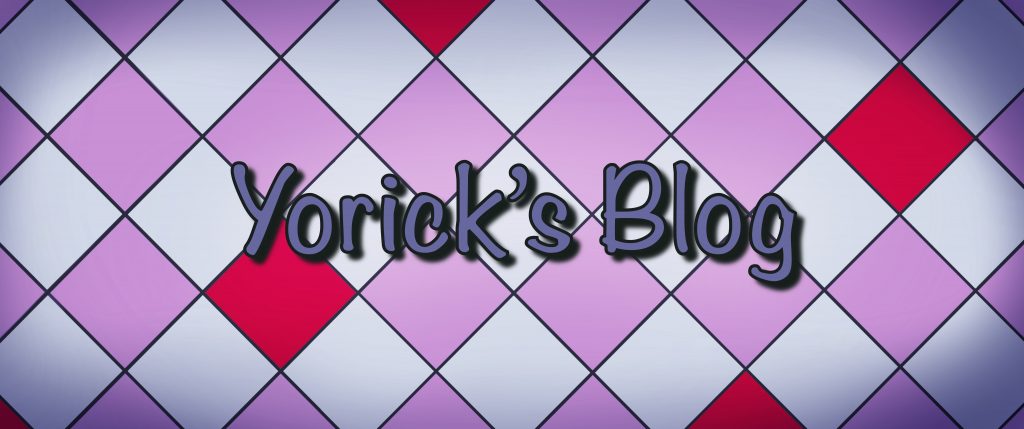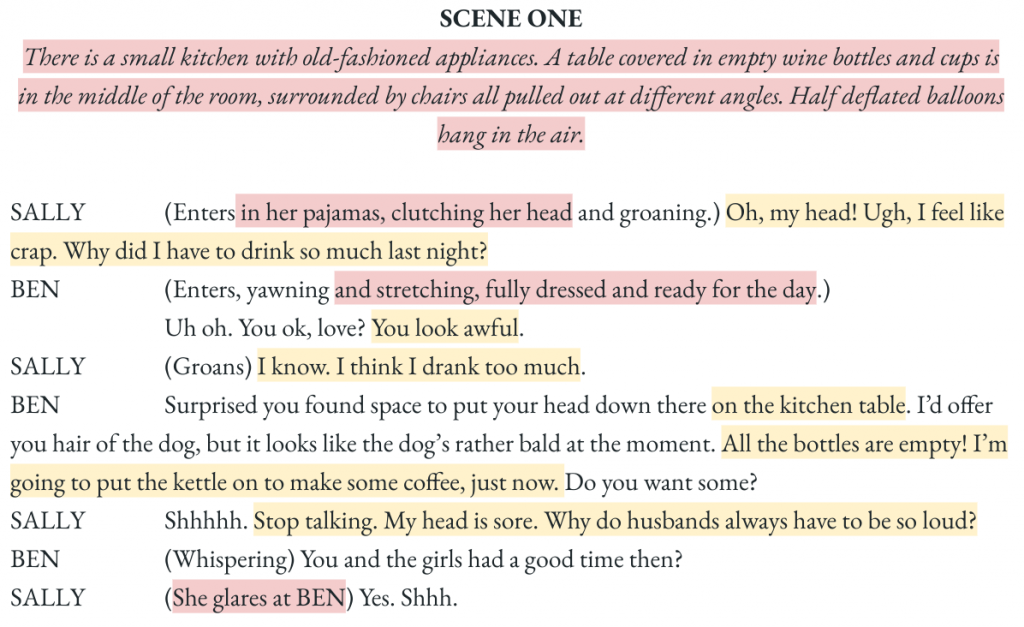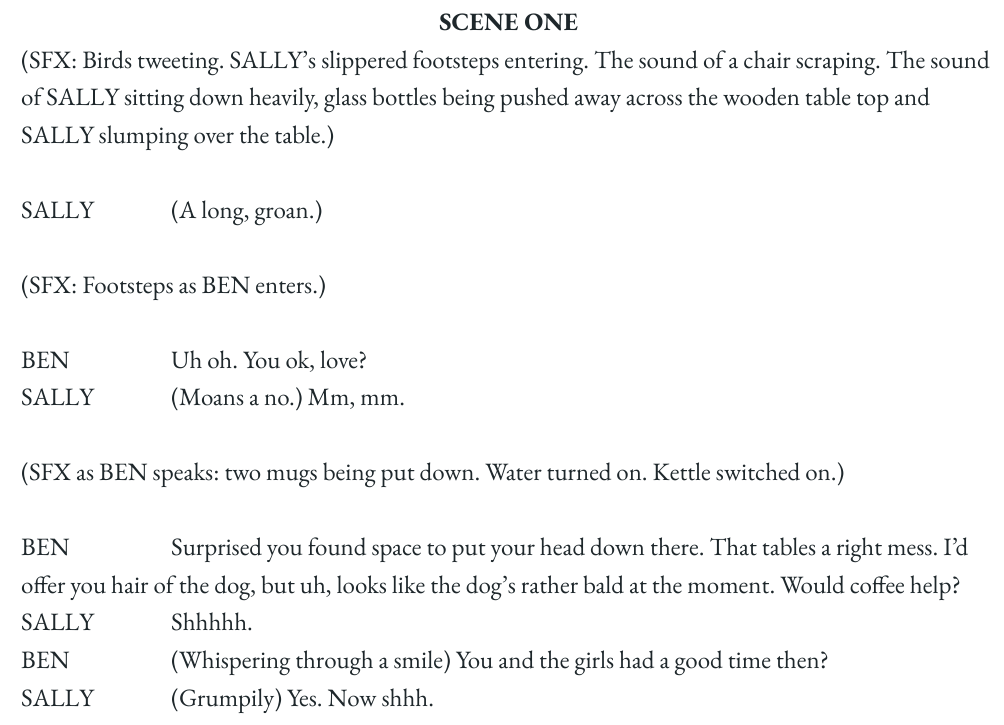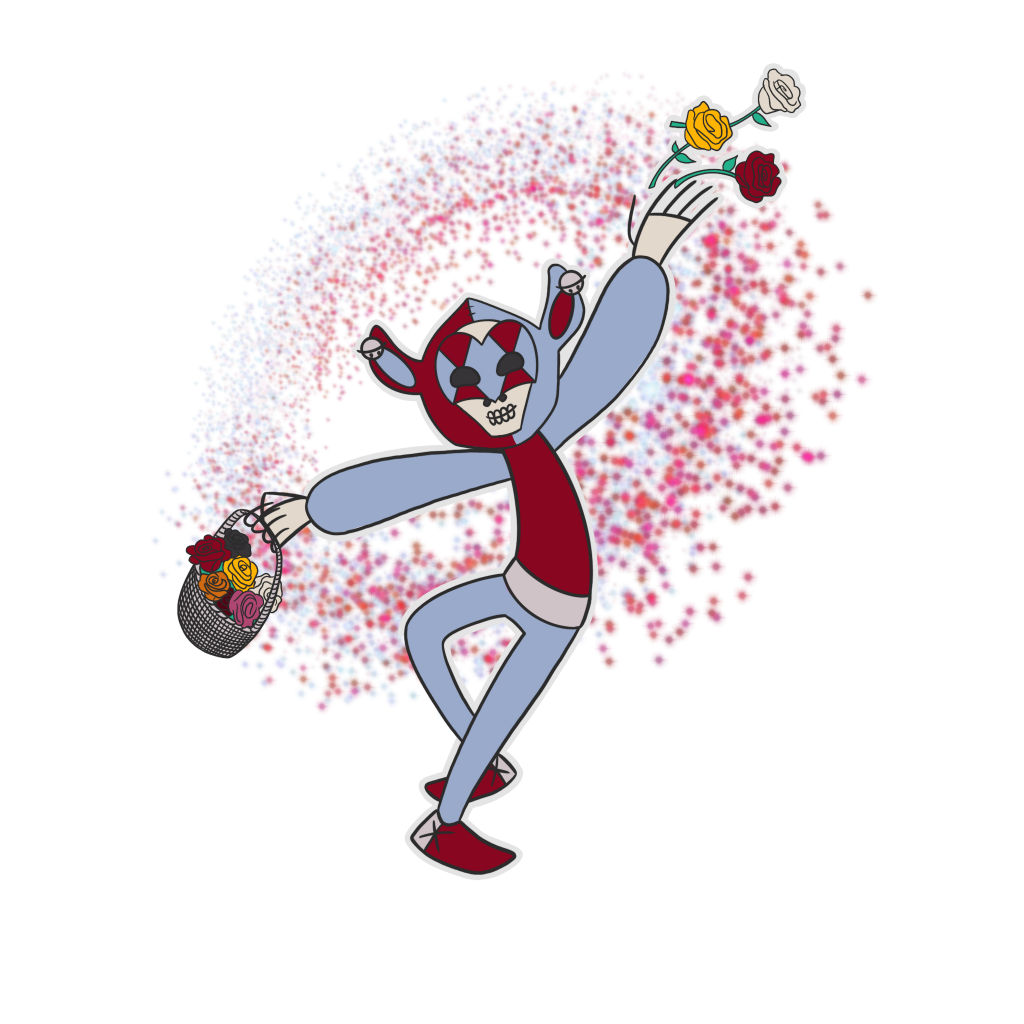
All the World’s a Stage
Welcome back to another Yorick Blog Post!

Over the past few weeks, we’ve really been trying to tear through all of our submissions. We’ve read a huge variety of stories spanning centuries and including characters that are human, animal, inanimate, supernatural, and extraterrestrial (though not all at once)! As it stands, almost half of our submissions have been play scripts. Quite a few of them have really impressed us, and we’re beginning the difficult process of selecting those plays that we want to produce. Sadly, we’ve had to say goodbye to some of the plays, simply because they were written for the stage rather than radio. A number of the play scripts we received had elements in them which we couldn’t show on the podcast, and this would mean that vital elements were left out of the story, rendering potential listeners lost.
For those playwrights who are venturing into the medium of radio play scripts for the first time, here are some helpful hints and tips for writing or reworking scripts for audio production.
Characterisation: On a stage, a character may be physically portrayed through things like costume, body language and gesture. In a radio production, the ways a character can be portrayed are purely through the use of sound; specifically dialogue and sound effects (SFX). Because of this, some writers may be tempted towards excessive exposition as a way to explain what’s going on. Careful use of SFX and language can help make a scene run more smoothly. Try to be aware of the balance. Keep exposition out as much as possible, and remember that if we can’t see it and can’t hear it, it didn’t happen.
Sense of Place: Similarly, a sense of place can be helped through good use and direction of SFX as well as dialogue. Instead of telling us the position of the dining table and chairs in the kitchen as you would in a stage script, have the sound of a kettle whistling, and the hum and ping of a microwave. Have your characters bump their head on the low door frame as they enter the scene and curse the ‘short-arse Victorians who built this damned cottage’.
Structure: When considering the basic structure of what you’re writing, remember that there’s no point in adding in descriptions of things you can see. Don’t waste time starting scenes with a description of what’s visible, or where your characters or props should be. It’s actually one of the ways we can tell immediately that we’ll likely have to reject the work, so be careful!
Here’s an example we’ve made up to help show the points above. In yellow is unnecessary or clunky exposition. In pink are directions that the listener can’t see and wouldn’t be aware of while listening:

Compared to:

We hope you find this useful and look forward to reading even more of your work, as well as creating more exciting episodes to entertain you. It won’t be long until we’re at the next stage of the process: accepting our favourites and producing them for the show! Bring it on!
